
By Dr. Shanthi Prabha V (Scientist and Research Coordinator, Advanced Centre of Environmental Studies and Sustainable Development (ACESSD), Mahatma Gandhi University)
Imagine if the pesky weeds choking our wetlands could be turned into something beneficial for our farms. That’s the promise of biochar- the pyrolyzed highly carbonaceous plant material which is already known for boosting soil health and crop yields. Wetland weeds like Phragmites karka, Eichhornia crassipes, and Salvinia molesta, are notorious troublemakers. They invade our waterways, disrupt ecosystems, and even contribute to greenhouse gas emissions. But what if we could transform these invasive plants into a powerful soil enhancer?
By converting these weeds into biochar, we not only tackle their spread but also create a valuable product that can sequester carbon and improve soil quality. This method is an innovative solution to a global problem, offering a sustainable way to control these aquatic pests while benefiting agriculture. Although research on using wetland weeds for biochar is still in its early stages, the potential is enormous. These plants have a high biomass and are excellent at capturing carbon, making them ideal for biochar production. Applying this biochar to soil could stabilize carbon, reduce emissions, and enhance crop yields, especially in tropical regions. In short, turning troublesome wetland weeds into biochar could be a game-changer for both our environment and our farms.
Weeds to Wonders: Transforming Aquatic Nuisances into Biochar Marvels
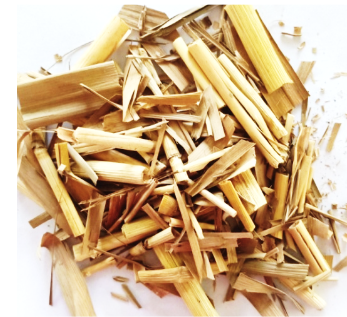

Phragmites
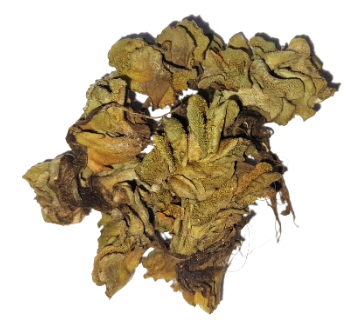
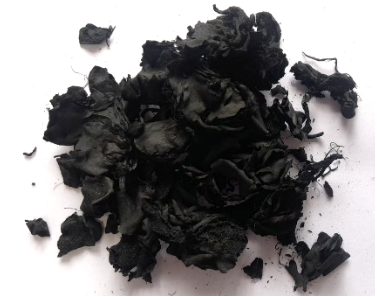
Salvania
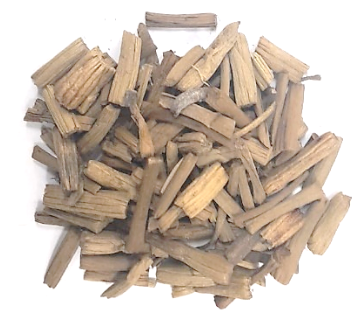
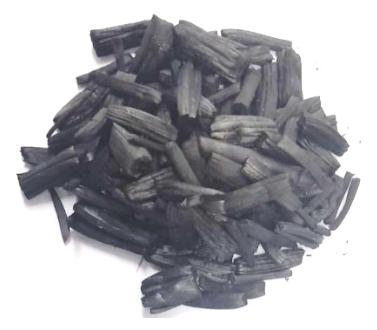
Eichhornia
Biochars derived from the thermal degradation of various wetland weeds exhibit diverse compositions and physical characteristics. For instance, biochars from E. crassipes, S. molesta, and P. karka vary in appearance, with some showing brittleness and lightness, while others form fused masses. The yield of biochar significantly depends on the feedstock type, and the variation is attributed to differences in the lignin content of the biomass, which influences thermal degradation kinetics. Additionally, ash content varies among feedstock types due to differences in elemental concentrations like potassium silicates, iron, and calcium carbonates. Notably, there’s a positive correlation among yield, ash content, and fixed carbon content, indicating their interdependence in biochar characterization. The surface morphology of biochars derived from different aquatic weeds reveals porous structures with high surface areas, attributed to the progressive degradation of organic materials during pyrolysis. These properties enhance soil water holding capacity, nutrient retention, and support microbial activity, making biochar a valuable soil amendment. Elemental analysis indicates variations in carbon content and aromaticity among different biochars, while heavy metal analysis suggests that biochars fall well below the threshold for maximum allowed concentrations, rendering them safe for soil application and plant growth.
SEM Images of Resultant Biochars. Close-Ups as a peek into the transformation of pesky weeds into beneficial biochar with amazing textures and properties
Eichhornia
Salvinia
Phragmites
When we carbonize aquatic weeds, we see some interesting patterns in their infrared (IR) spectra. These patterns reveal the formation of aromatic structures and polymerization, which basically means the biochars are forming stable networks. There’s also evidence of silica bonds, showing that these biochars are attracted to silica, which is found in abundance in wetland plants. This attraction might actually help trap carbon in the soil, which is pretty cool! These biochars could also help the soil hold onto water and nutrients better, making them great for improving soil health and potentially helping with long-term carbon storage.
Key parameters such as Oxidizable Carbon (OC), Carbon Labiality Index (CLI), Stable Organic Matter Yield Index (SOMYI), and Liming Value provide valuable insights into biochar’s effectiveness as a soil amendment. Additionally, the Van Krevelen Diagram reveals its aromaticity, indicating stability and recalcitrance. Understanding these parameters facilitates informed decisions for utilizing biochar in soil management, fostering resilient agriculture and carbon sequestration practices.
Observation of the impacts of weed derived biochar on soil carbon dynamics are :
- Enhanced Soil Carbon: Biochar incorporation improves Soil Organic Carbon (SOC) levels, promoting a healthier soil ecosystem.
- Balanced Carbon Fractions: Stable carbon fractions increase while labile fractions decrease, creating a more stable carbon profile in the soil.
- Improved Soil Microbial Activity: Biochar stimulates microbial biomass carbon (MBC) and promotes microbial activity, vital for nutrient cycling and soil fertility.
- Enhanced Soil Structure: Biochar helps stabilize soil aggregates, leading to improved soil structure and water retention capacity.
- Reduced CO2 Emissions: Biochar application leads to a significant reduction in CO2 emissions, highlighting its potential role in mitigating climate change.
These observations underscore the multifaceted benefits of biochar in promoting soil health, carbon sequestration, and environmental sustainability.
In a nutshell, this ongoing study proves that turning pesky aquatic weeds into biochar isn’t just a pipe dream—it’s a game-changer! By sprinkling a little biochar magic into the soil, we’re not only kicking weed butt but also boosting soil health and keeping carbon emissions in check. It’s like turning weeds into wonder with a dash of eco-friendly flair.
N.B. This article is based on the published research paper titled Invasive Wetland Weeds Derived Biochar Properties Affecting Soil Carbon Dynamics of South Indian Tropical Ultisol. This is an ongoing project focusing on assessing the soil carbon sequestration potential of weed biochar.
Reference
Viswanathan, Shanthi Prabha, et al. “Invasive wetland weeds derived biochar properties affecting soil carbon dynamics of south indian tropical ultisol.” Environmental Management 72.2 (2023): 343-362. https://doi.org/10.1007/s00267-023-01791-3
Co-authors: Giya Merline Kuriakose, Amalu Suresh, Sashaika Sajan, Shanty Chelekkattil Benny, Soya Parveen KS

Dr. Shanthi Prabha V is a Research Scientist at the Advanced Centre of Environmental Studies and Sustainable Development (ACESSD), Mahatma Gandhi University, Kerala, India. Passionate about biochar, she has dedicated the last 15 years to intensive research in this field alongside her robust team. Together, they have published numerous papers and are continuously engaged in innovative projects aimed at leveraging biochar for environmental sustainability, soil health enhancement, and climate change mitigation.


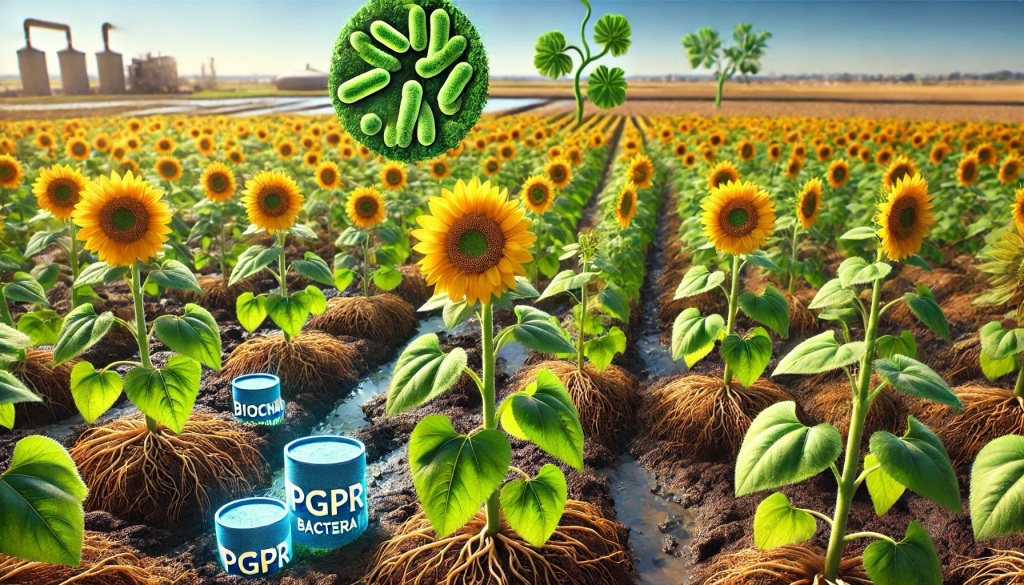
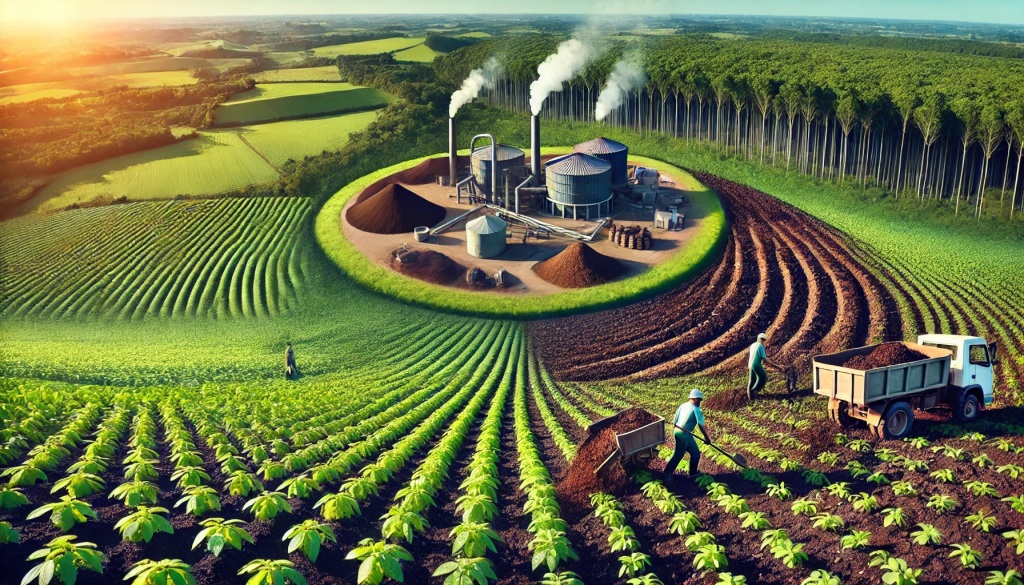


Leave a comment